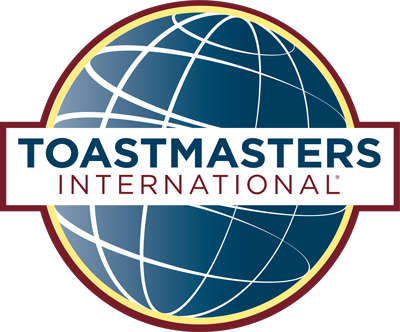The Timer role is a relatively easy and fun role to perform. Generally at Toast of Broadway this will be your first official role as it’s a good introduction to the structure of a meeting and speaking in front of the club.
As the Timer it’s your job to remind, record, and report on the time of each speaker. Each role in a meeting has a recommended time frame which will be displayed on the agenda.
